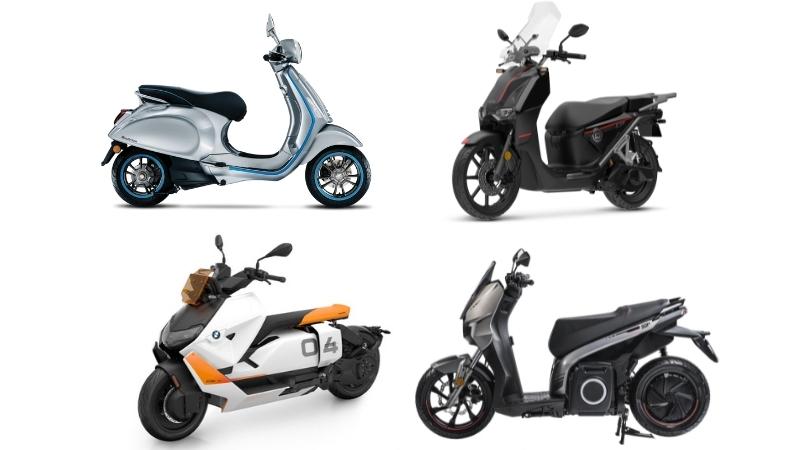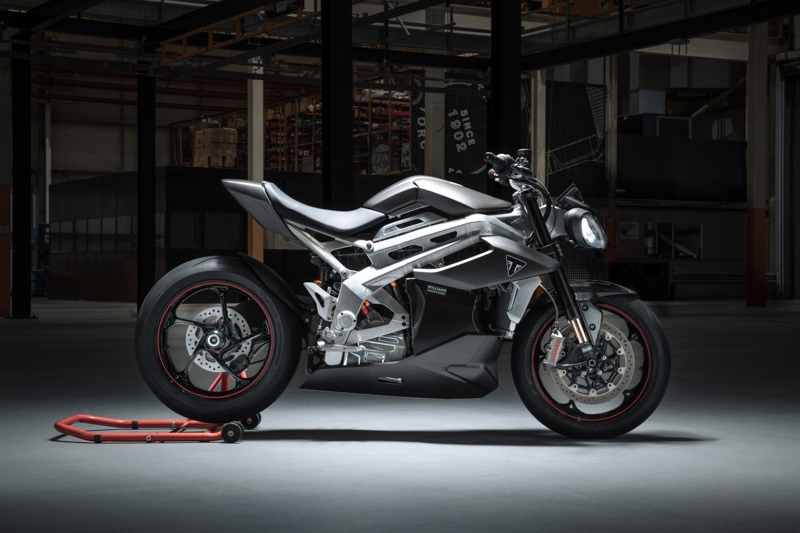
The TE-1 project has reached the completion of phase 3, with the construction of the demonstration prototype. The project is the result of a partnership between Triumph Motorcycles, Williams Advanced Engineering, Integral Powertrain Ltd and WMG of the University of Warwick, established to create innovative developments in specialized engineering of electric motorcycles and in the design of innovative integrated technologies.
The TE-1 project, which began in May 2019, focuses on the development of electric motorcycle technologies and innovative integrated solutions by Triumph Motorcycles, Williams Advanced Engineering, Integral Powertrain Ltd, and WMG of the University of Warwick and is funded by UK Zero Emission Vehicle Office. The overall objective of the TE-1 project was focused on developing electric motorcycle design and manufacturing capabilities in order to contribute to Triumph's future electric motorcycle offering.
Phase 3 of the TE-1 project has reached its completion, with the final construction of the demonstration prototype and integrating for the first time all the innovations developed in the previous phases:
Triumph: chassis, dashboard, transmission system, electronics, suspension (Öhlins), brakes (Brembo) and motorcycle control software;
Williams Advanced Engineering: vehicle control unit, battery prototype, DCDC converter, cooling system, charging system and carbon casing;
Integral Powertrain: final prototype of the motor with integrated inverter and cooling system;
WMG, University of Warwick: performance simulations
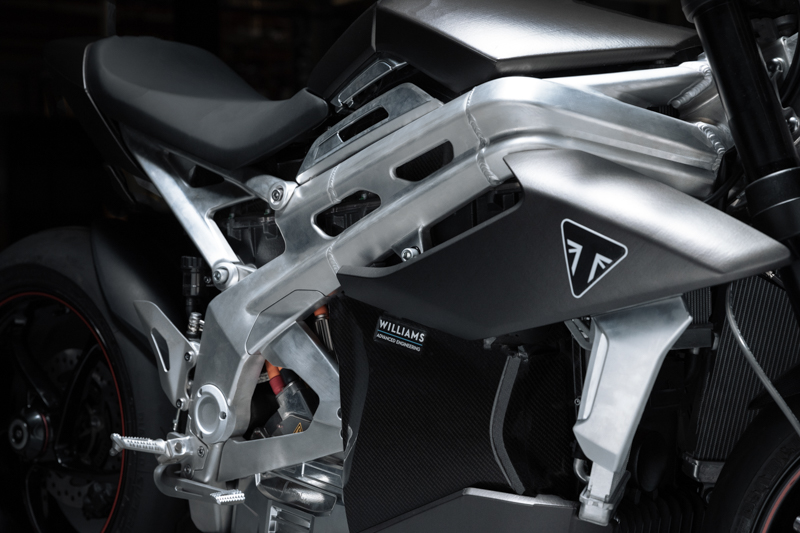
Now begins phase 4 of the project which includes the live test phase. The demonstration prototype will be updated with the final fairings and final livery, in preparation for on-track testing and presentation to the media. At this point, the full project results, including final specifications and test results, will be published, as well as insights and key points on how the TE-1 achieved its goals. In this phase, the media will be able to communicate with the project team, see the prototype in action on the track and talk with the testers.
Triumph Motorcycles - Nick Bloor (CEO of Triumph)
“It has been truly exciting to see the progress made during Phase 3 of the Triumph TE-1 project, with the final prototype motorcycle now going into real life testing. Everyone involved at Triumph are proud to have been part of this innovative British collaboration. Personally, I am thrilled with the results we have already achieved with our partners, and the exciting preview of the potential electric future to come. We look forward to continuing the ambitious and innovative work on the TE-1 demonstrator prototype through the live testing phase and sharing the outcome with Triumph fans across the world.”
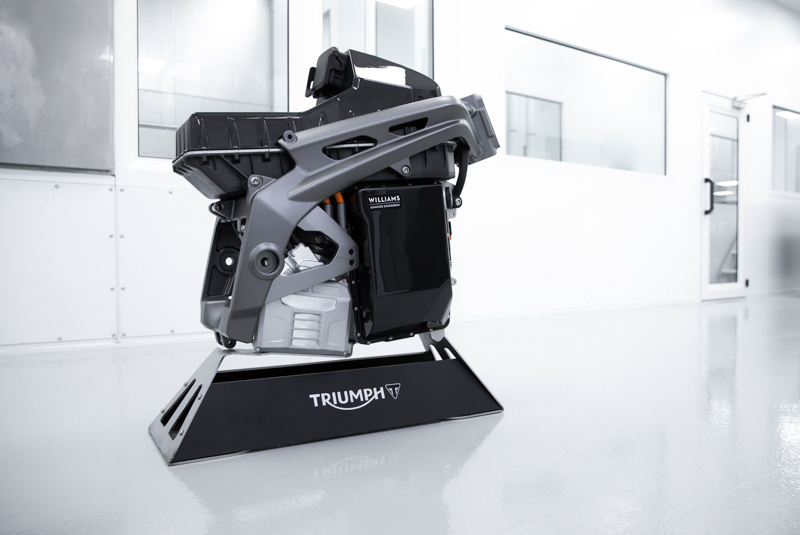
Williams Advanced Engineering (WAE) - Dyrr Ardash (Senior Commercial Manager)
“We are delighted to be working on this project, working to deliver next-generation battery technology and control systems. Within the current landscape, most electric motorcycle technology arguably delivers compromised performance at low levels of battery charge. By using a lightweight, compact solution we have been able to give the rider all of the performance all of the time (regardless of battery charge), and a class leading range. We have focussed on pushing the boundaries to reduce mass and optimise frame position to benefit handling. We have also pushed the limits of battery performance, balancing the design for acceleration and range, with simulations modelled on track-based riding. In other words, as aggressive as possible. The energy density of this new battery will be a significant step forward from existing technology giving the rider more power, for longer.”
WAE has also designed and developed an electronic control unit from the ground-up combining the battery management system with the bike control functions in one package. This is a first for this market, benefiting packaging and integration whilst optimising performance and range.
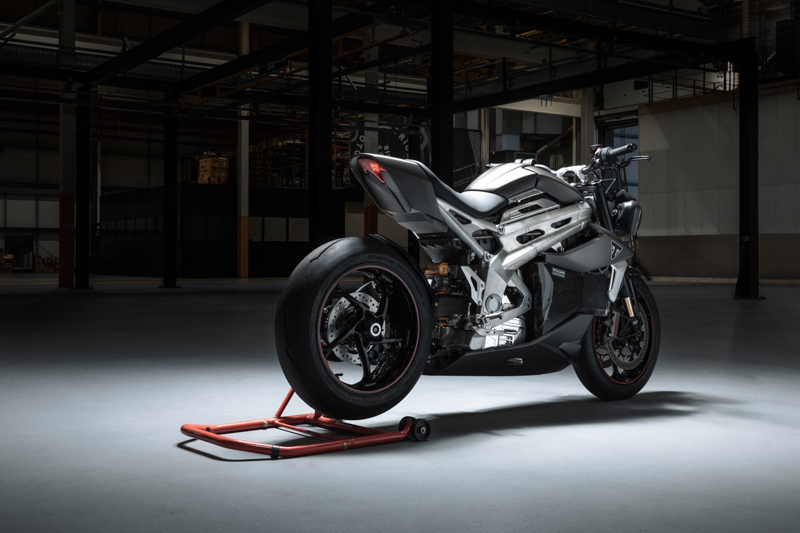
Integral Powertrain Ltd.'s e-Drive Division - Andrew Cross (Chief Technical Officer)
“One of the most influential factors in how well a motorcycle handles and performs is mass, so at Integral Powertrain we have focused heavily on making a step change in motor and inverter design, removing heavy high voltage cables for example. This delivers a product that is significantly more compact and lighter than anything currently available on the market. The motor produces 130kW (almost 180 horsepower), but weighs only 10 kilograms, much lighter than existing technology and clearly a small fraction of the mass of traditional internal combustion engines. The silicon carbide switch technology in our new scalable integrated inverter will help set new standards in terms of electric motorcycle efficiency; application of this technology means a lighter weight overall with significantly more performance and range. In parallel, we have a very strong focus on design for manufacture and assembly activity, so that all this high motor and inverter performance can be offered cost-effectively. Ultimately, this is really going to be an industry-leading powertrain that will help define the future of electric mobility. With the TE-1 project we are proud to be part of this landmark project for British industry.”
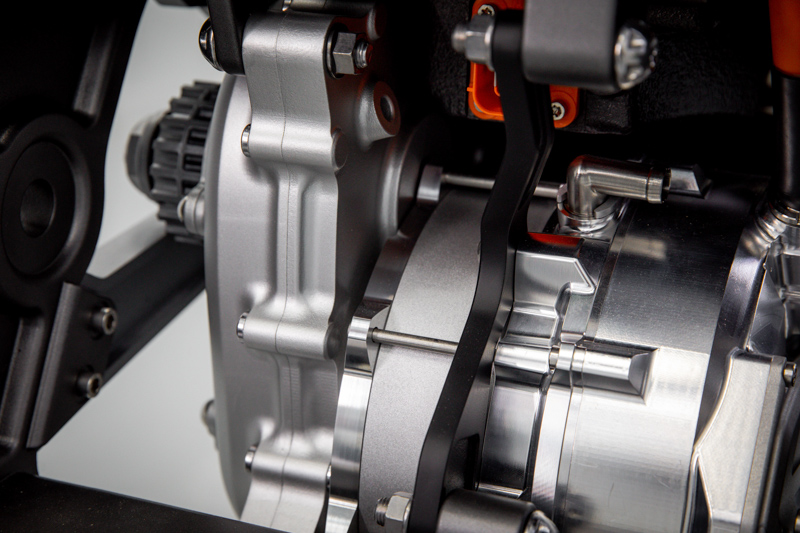
WMG, at the University of Warwick - Truong Quang Dinh (Assistant Professor of Energy Management and Control Systems)
“Our creation of initial computer-based simulation models at the start of Phase 1 has been instrumental in ensuring that the component selection was appropriate to achieve the performance targets defined by the partners for the TE-1 prototype. We have continued with this work across Phase 2 of the project, refining the models to a much more complex level to allow us and the partners to imitate further components on the bike such as braking, throttle, lighting and other systems and mimic real-world riding to provide development opportunities before components were fully designed. Additionally we have created a physical rig wired with all of the control units, in order to implement a design validation test programme to ensure the function of each section was within the allowable range.”
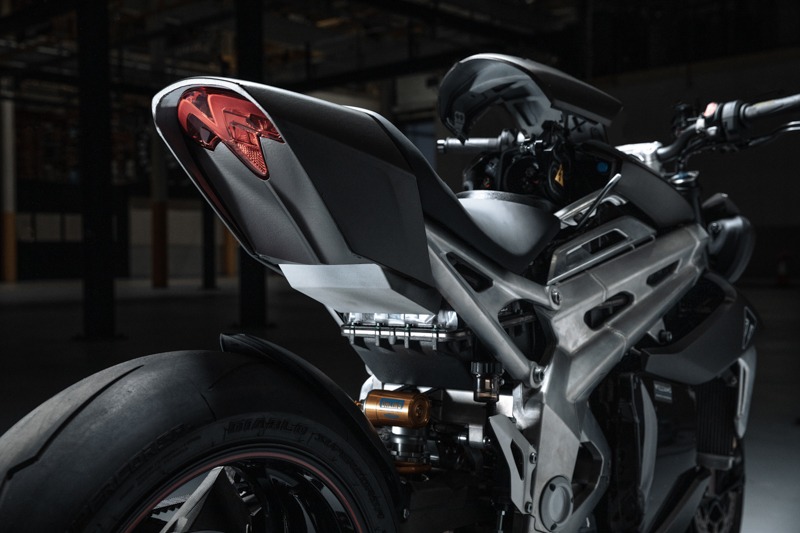


To be updated on MotoE World Cup, subscribe to Epaddock's Whatsapp broadcast and receive all our news on your mobile phone in real time: find out how here.



